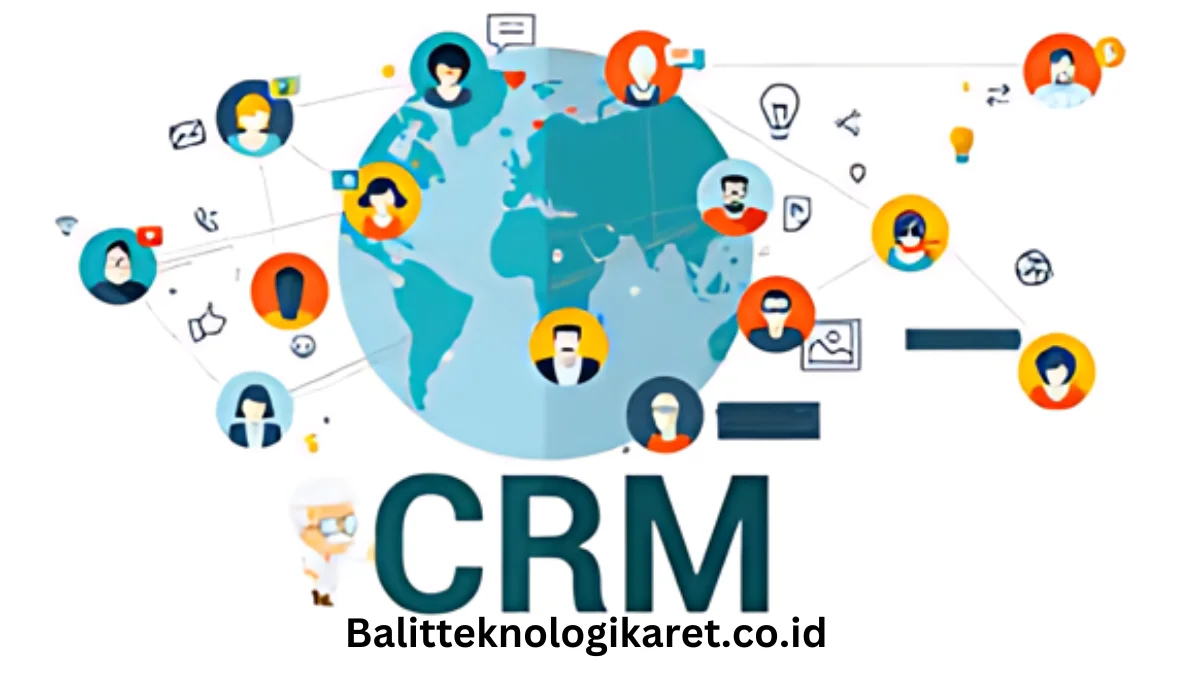Introduction
Cybersecurity has become a critical concern for businesses worldwide in the digital age. The rise of sophisticated cyber attacks necessitates adopting proactive measures to safeguard sensitive data and maintain business continuity. By building robust defenses and preparing for potential threats, organizations can significantly reduce their risk of falling victim to cyber incidents, which can have devastating financial and reputational consequences.
Understanding Modern Cyber Threats
Today’s cyber threats are more advanced than ever. Attackers use various techniques, including phishing, ransomware, and malware, to exploit vulnerabilities. Modern companies are turning to experts like Fortinet’s Senior Regional Director for Mainland China to implement these critical security measures. According to CNBC Technology News, the number of cyber-attacks has surged recently, highlighting the urgent need for robust cybersecurity measures. Understanding the nature and tactics of these threats is the first step in building a solid defense, as it allows businesses to anticipate and mitigate potential risks.
Common Cyber Threats Faced by Businesses
Modern cyber threats can be classified into several categories, each posing unique challenges to businesses:
- Phishing: Deceptive emails are designed to steal sensitive information. These emails often appear legitimate, tricking recipients into revealing passwords or financial details.
- Ransomware: Malicious software that encrypts data, demanding a ransom for release. Ransomware attacks can paralyze entire organizations, leading to severe disruptions and financial losses.
- Malware: Programs designed to damage or gain unauthorized access to systems. Malware can include viruses, worms, and spyware, each with specific malicious intents.
- DDoS Attacks: Overloading a system with traffic to cause disruption. DDoS attacks have the ability to make websites and services unreachable, causing disruptions in business operations.
Importance of Proactive Measures
Being proactive in cybersecurity means anticipating and mitigating threats before they cause damage. This approach is far more effective than responding reactively after an incident. Proactive measures, such as regular security audits, vulnerability assessments, and penetration testing, help identify potential weak points and address them timely. These measures enable businesses to stay ahead of cybercriminals, reducing the likelihood of successful breaches.
Benefits of a Proactive Approach
- Early Threat Detection: Identifying threats before they escalate. Early detection systems can flag suspicious activity, allowing organizations to respond quickly and prevent damage.
- Minimized Impact: Reducing the potential damage from cyber incidents. By addressing threats early, businesses can limit the extent of data loss and operational disruption.
- Data Protection: Safeguarding sensitive information from unauthorized access. Strong security measures protect customer data, intellectual property, and financial information.
- Compliance: Meeting regulatory requirements for data security. Many industries have strict regulations regarding data protection, and proactive measures help ensure compliance, avoiding legal penalties.
Implementing Early Detection Systems
Early detection is pivotal in preventing extensive damage from cyber attacks. Sophisticated tools and technologies, such as IDS and SIEM systems, are essential in quickly detecting and addressing security threats. According to a report by BBC Technology News, early detection and rapid response can significantly minimize the impact of cyber incidents. Implementing these systems provides continuous monitoring, enabling quick identification of suspicious activities.
Key Technologies for Early Detection
Several tools can help in early detection, forming the backbone of a robust cybersecurity strategy:
- Intrusion Detection Systems (IDS): Monitors network traffic for suspicious activity. IDS can detect known attack patterns and alert security teams to potential threats.
- Security Information and Event Management (SIEM): Gathers and analyzes security data from multiple sources. SIEM solutions provide comprehensive insights into an organization’s security posture, correlating events to detect complex threats.
- Endpoint Detection and Response (EDR): Monitors and responds to threats on end-user devices. EDR tools can identify anomalies on computers and mobile devices, providing real-time protection against sophisticated attacks.
Training and Education
Mistakes made by people continue to be a primary reason for data leaks. Training employees on cybersecurity best practices is crucial to establishing a strong defense. Frequent training sessions and educational programs can enable employees to identify possible dangers and react accordingly. Organizations should integrate cybersecurity training into their regular onboarding and continuous learning programs to keep employees updated on the latest threats.
Effective Training Programs
An effective training program should include various elements aimed at enhancing employees’ security awareness:
- Regular Workshops: Keeping staff updated on the latest threats and defense strategies. Workshops provide hands-on experience with real-world scenarios, helping employees understand the tactics used by cybercriminals.
- Simulated Phishing Attacks: Testing employees’ ability to recognize and respond to phishing attempts. Simulations help identify weaknesses and improve response strategies, reducing the risk of successful phishing attacks.
- Cyber Hygiene Practices: Encouraging behaviors like intense password usage and secure data handling. Simple practices, such as using complex passwords and avoiding public Wi-Fi for sensitive transactions, can significantly enhance security.
Case Studies and Real-World Examples
Real-world examples illustrate the effectiveness of proactive cybersecurity measures. Companies that have invested in early detection systems and employee training have seen a marked decrease in the frequency and severity of successful attacks. These case studies are valuable lessons for businesses looking to enhance their cybersecurity strategies. Observing peers’ success can provide insights into effective practices and motivate organizations to adopt similar measures.
Success Stories
For instance, a mid-sized tech company significantly reduced its vulnerability to ransomware by implementing a comprehensive training program and upgrading its detection systems. This company conducted regular simulated phishing attacks and invested in advanced EDR tools, strengthening its defense posture. Another organization in the finance sector saw a drastic decline in phishing incidents after conducting regular simulated attacks and workshops, demonstrating the tangible benefits of continuous education.
Final Thoughts on Cybersecurity
In conclusion, the dynamic landscape of cyber threats necessitates a proactive approach to cybersecurity. Businesses can significantly enhance their defensive capabilities by understanding modern threats, implementing early detection systems, and investing in training and education. Embracing these measures is not just about compliance; it’s about safeguarding the organization’s future. A proactive cybersecurity strategy ensures that businesses are prepared to face emerging threats, protecting their reputation and securing their operations.
Read More: Unveiling Worldwide Science Stories: The Future of Global Scientific Advancements




